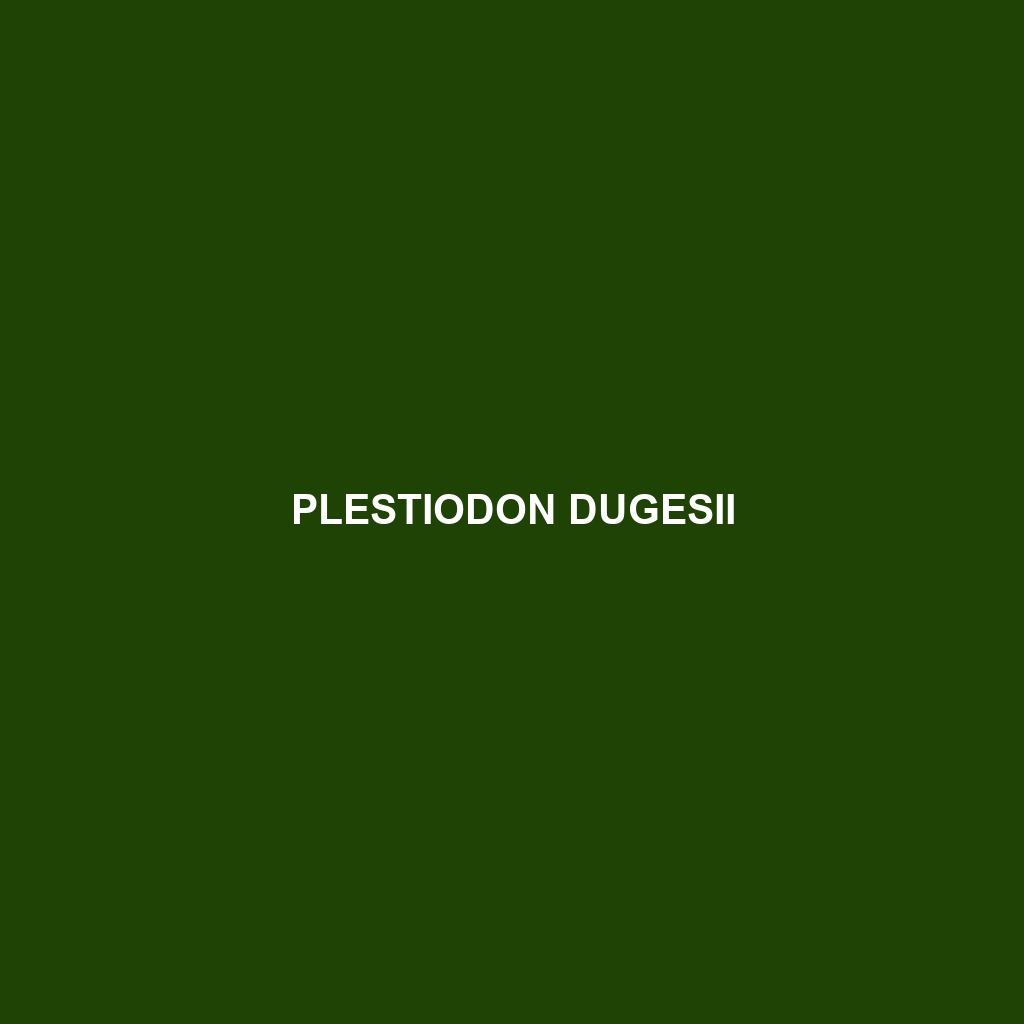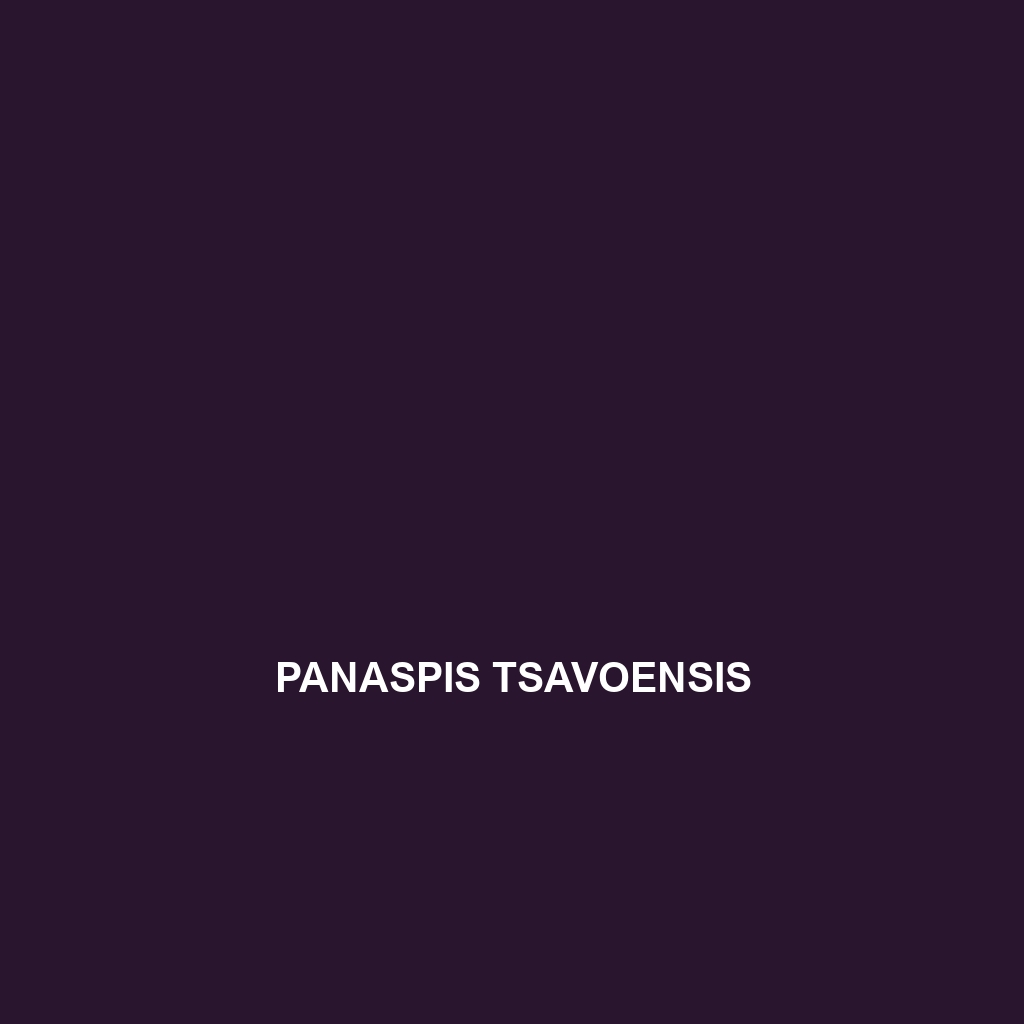The Indian skink (<i>Sphenomorphus indicus</i>) is a medium-sized lizard ranging from 15 to 30 cm, known for its slender body, smooth scales, and impressive camouflage abilities. Found in diverse habitats across Southeast Asia and the Indian subcontinent, it plays a crucial ecological role as an insectivore and contributes to soil aeration through its burrowing behavior.
Tag: lizard tail regeneration
Sphaerodactylus copei
Discover the <b>Sphaerodactylus copei</b>, or Cope's Small-scale Lizard, a nocturnal insectivore thriving in the rainforests of Puerto Rico and Hispaniola. Measuring 6–8 cm, this small but remarkable lizard boasts excellent camouflage with its granular scales and unique patterns, playing a crucial role in controlling insect populations within its ecosystem.
Siderolamprus atitlanensis
Discover the fascinating Siderolamprus atitlanensis, or Atitlán glass lizard, a slender, legless reptile native to the temperate forests of Guatemala, noted for its striking olive-green to turquoise coloration and smooth, reflective scales. This primarily insectivorous species plays a vital ecological role by regulating insect populations and serves as prey for larger predators.
Podarcis tauricus
<b>Podarcis tauricus</b>, also known as the Turkish rock lizard, is a diurnal insectivore found across southeastern Europe and western Asia, thriving in rocky, scrubland, and urban habitats. This striking lizard reaches 20-25 cm in length, displaying a variety of colors and patterns, making it an intriguing species known for its adaptability and ecological role in regulating insect populations.
Podarcis lusitanicus
Discover the Lusitanian wall lizard (Podarcis lusitanicus), a resilient species native to the Iberian Peninsula, thriving in various habitats from temperate forests to urban environments. This slender lizard, measuring 8 to 10 inches in length, features smooth scales and a variable coloration that aids in camouflage, while its omnivorous diet and fascinating reproductive behaviors enhance its ecological significance.
Podarcis latastei
Discover the Podarcis latastei, or Lataste's lizard, a vibrant Mediterranean species ranging from 5 to 8 inches in length, known for its striking mix of brown and green hues. Thriving in diverse habitats, this diurnal carnivore feeds primarily on insects and plays a vital role in maintaining ecological balance, making it a fascinating addition to your collection.
Plestiodon dugesii
<p><b>Plestiodon dugesii</b>, known as Duges' skink, is a striking lizard found in northern Mexico and the southwestern United States, characterized by its elongated body, vibrant dorsal stripes, and diurnal behavior. This adaptable species thrives in various habitats, primarily feeding on insects and playing a crucial role in its ecosystem as both predator and prey.</p>
Parvilacerta fraasii
Discover the fascinating Parvilacerta fraasii, or Fraas' Sand Lizard, a small to medium-sized, diurnal lizard known for its vibrant coloration during breeding seasons, inhabiting various temperate ecosystems across Eastern and Central Europe. This insectivorous species plays a crucial ecological role in controlling insect populations and contributes to soil health through its burrowing behavior.
Panaspis tsavoensis
<p><b>Panaspis tsavoensis</b>, known as the Tsavo Skink, is a striking herbivorous reptile native to the dry savannas and scrublands of Tsavo National Park in Kenya. With its slender body reaching up to 25 cm and exceptional agility, this skink plays a vital role in seed dispersal and local biodiversity.</p>
Pachydactylus mclachlani
<p><b>Pachydactylus mclachlani</b>, also known as McLachlan's Thick-toed Gecko, is a nocturnal insectivore native to the savannas and semi-arid regions of Namibia and South Africa. Known for its distinctive earthy-toned patterns and adaptability to harsh environments, this gecko plays a vital role in controlling insect populations and maintaining ecological balance.</p>









